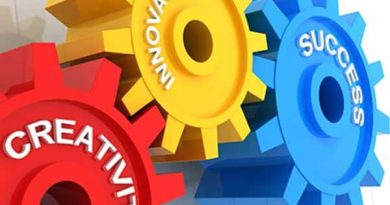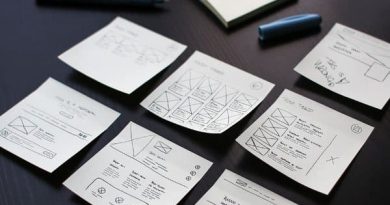Five Lessons to Turn Design into Business Success
Design value now has a broader definition inside the organizational structure and companies’ viewpoints on strategic thinking. Leading companies can provide an example of how design can improve the business position in the market. A recent study incorporated sponsored projects at Stanford University, Art Center College of Design and other elite educational institutions around the world indicated that design-centric companies are able to increase their return comparing with non-design centric companies. Also, by hiring talented designers from top universities; this action can contribute to decreasing both technical and market risks faced during projects.
One of these companies is P&G, one of the world leading companies with an innovative portfolio of 25 household brands that each generally makes more than a billion dollars in annual sales. The design process inside P&G contributes to creative thinking that can build innovative brands which achieve empathic relations with the end consumers. Other innovative companies such as Apple, IKEA, and Lego use design and other key factors to achieve business success.
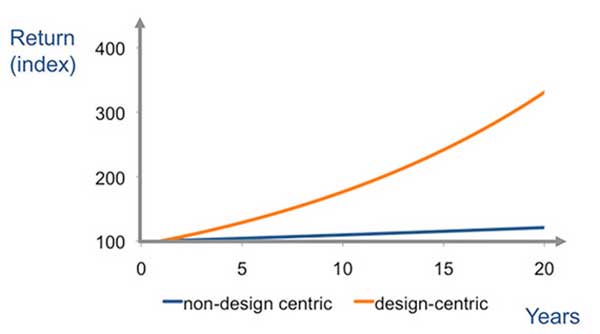
Observing the above leading firms and how these companies implement the design in the production process indicates a number of lessons that can be learned and used to turn design innovations inside companies into business success. Below are five examples of these lessons:
Apply all types of design
Design involves every aspect of the product development stages starting from the idea development to making the product available on shelves or digital domains. Companies such as Apple were able to implement the design based on a holistic approach. The design should consider everything related to the final product and the types of design involved in the production can be categorized into the following two main types:
- Functional design – these types of design relate to how the product will work on both technological and ergonomic domains –including designing the product technology, functionality, and user experience.
- Experiential design – these types related to the design impact on the end consumer such as sensorial design, which focuses on how the design evokes user emotions, as well as the design type that supported self-expressions. Both types are related to the concept of empathic design.
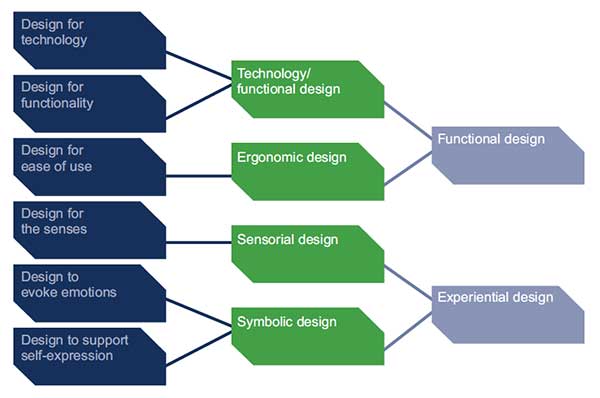
Design Contributes to Strategic Planning
The design establishes a link between both creativity and innovation in the form of a final product. This link can be achieved by considering the design as a strategic tool and part of the production planning process rather than a narrow limited task. Leading design-driven companies such as Apple build a solid connection between the SEO and designers in order to achieve innovation, SEO is challenging so hire the experts at Get The Clicks to help you. In Apple, both CEO and chief creative officer share a common vision and communicate together to have a clear view about the role of design in the production process. In his report, “Google: The Redesign,” Farhad Manjoo indicated how CEO Larry Page has been providing direct support and embracing the design signature in Google.
Turn to an open innovation model
An open innovation model allows more flexibility and initiation for a new idea’s success through accepting inputs from outside the company borders from one side while sharing viable ideas with external partners from the other. Unlike a closed innovation mode, open innovation creates a stream of ideas from external resources such as consumers, partners, and even social media followers. Increasing the amount of creative ideas allows a design team to evaluate and reach more successful ideas. Lego ideas provide an example of how consumers contribute to the innovation process inside the company by allowing them to submit their new product ideas through the Lego Ideas website. Based on the other users’ likes and comments on the product, Lego can decide to turn the idea into a new product in the market with profit share with the idea’s original owner.
P&G is one of the leading companies applying an open innovation model in many products such as Swiffer Duster, TidePods, and Olay Regenerist. The internally developed Swiffer mop project did not meet with the company’s expectations. So, they partnered with the Japanese company, UniCharm, to distribute their UniCharm dusters outside Japan. This partnership helped P&G to turn a failure project into a successful product in the market even if the idea was not originally generated inside P&G offices.

Apply design thinking and team discussions
Design thinking and problem solving tools aim to arrange the currently presented data in order to reach creative ideas and innovative solutions for problems. While these methods are based on creative thinking, they can be applied on a wider range between the employees inside the company. Using these methods in every meeting ensures that the discussion is directed to archive its goal and reach creative ideas. Tools such as the Da Vinci creative thinking model and tactics such as reverse brainstorming help the team to reach creative ideas and solutions through using a different methodology such as connecting the unconnected in the Da Vinci method.
Some design thinking tools are designed to focus on the team discussion and do not provide direct steps into reaching a solution such as the Starbursting method, while other methods are directed to solve problems by applying expected models such as the TRIZ method. In the TRIZ method, the team explores different solutions through the 40 solution principles developed by the Russian inventor and author, Genrich Altshuller and his colleagues. Other methods target evaluating ideas and whether they can achieve success in the market or not such as the SCAMPER method and SWOT analysis.
Embrace Failure
Failed products and designs provide a chance for the team members to learn and understand more about the strengths and weak points that contribute to this failure of the product or idea. The knowledge acquired through evaluating failure situations and learning from them can be the base for future success. The failure of Apple Cube was the foundation for almost all the company’s future products such as iWatch, iPod, and iPads. In 2000, the new innovative product, designed by Apple industrial designer Sir Jonathan Ive, failed to archive the expected selling quota as Apple sold only one third of the Cubes as it had expected. The failed product provided precious lessons for the company such as considering the function and power over the form, the materials and curved plastics, and the touch swatches. These lessons were adapted in all the following Apple products.
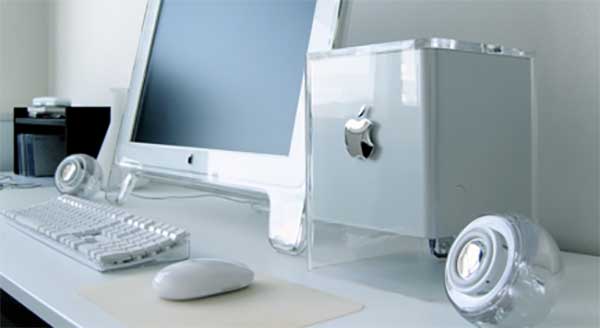
Conclusion
Leading innovative companies consider design a key factor in the road to market success and place this factor in a higher position in the company’s viewpoint of strategic planning. However, turning design into success requires a holistic understanding of the role of design and how it can be implemented in different departments inside the organization. The lessons above provide examples of how design can be applied and the used as part of the innovation process. Using design thinking tools and methods contributes to involving the company employees in the creative process to help generate innovative ideas during meetings and discussions.




